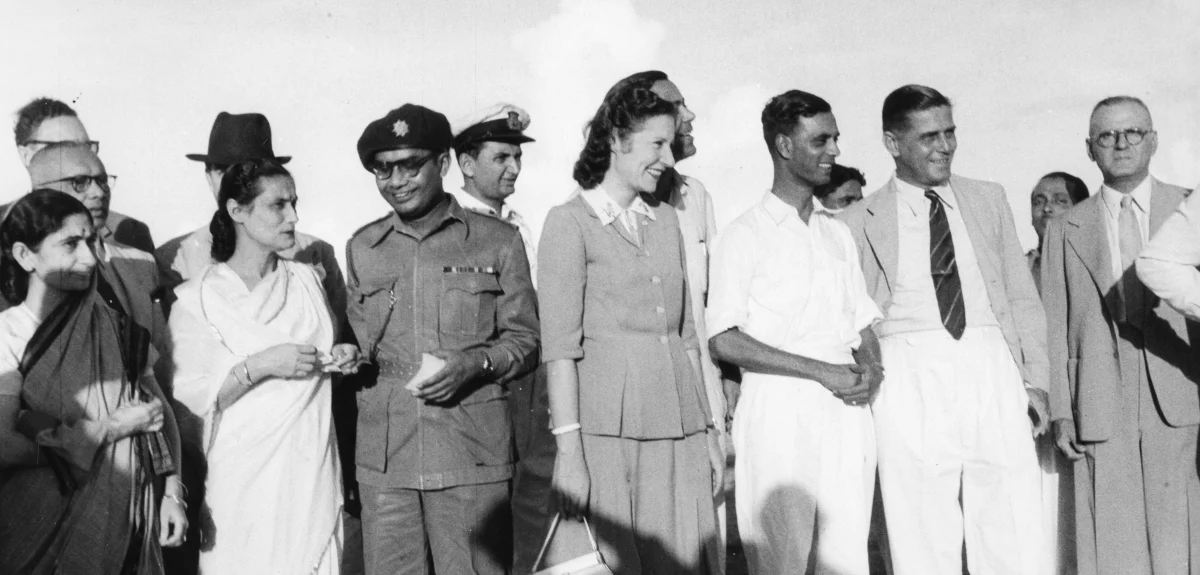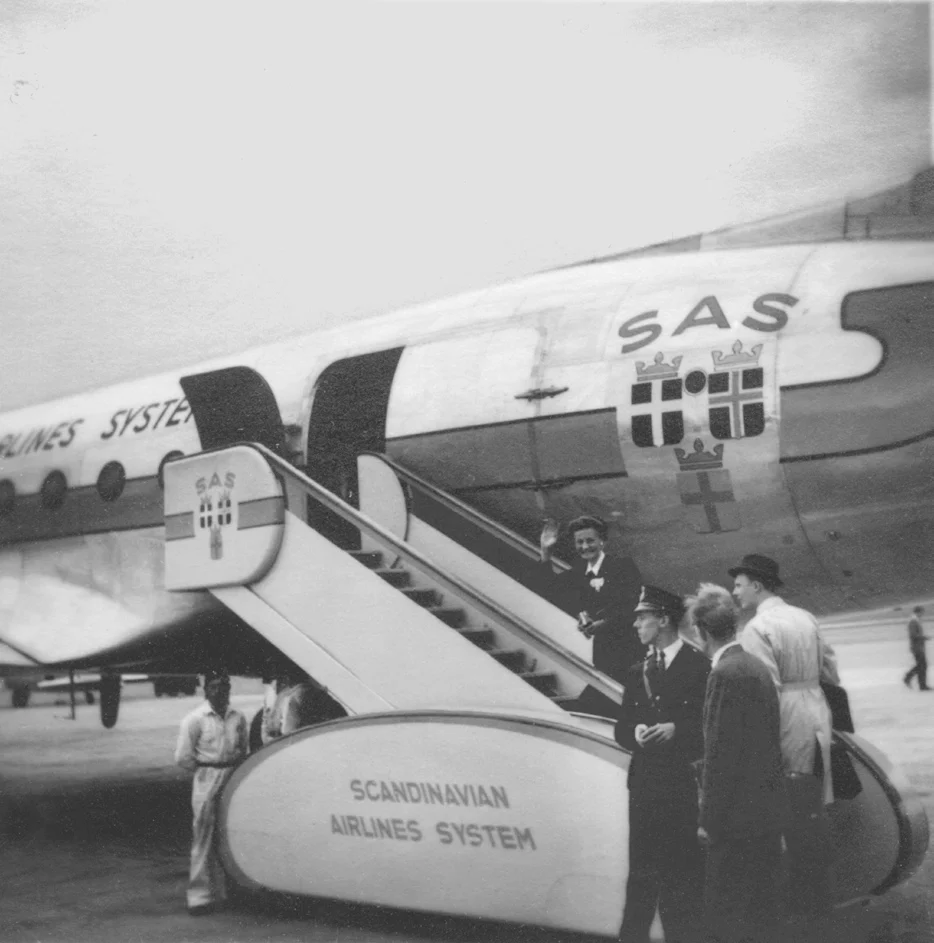
New destinations for the new airline
Only 75 days after the inaugural New York flight, SAS opened its South American route.
The new transatlantic airline didn’t intend to lose any time establishing itself. A South American route had quickly followed the New York one, and by the time of the press banquet for the inaugural New York flight, the SAS executives had already laid down their plans for 1947, including new destinations in Asia and Africa.
A month and a half after the inaugural flight to New York, SAS had added a South American route that first flew to Rio de Janeiro in Brazil and Montevideo in Uruguay and a few months later to Buenos Aires in Argentina. These may not be many travelers’ first choice of destinations that come to mind in 2021, but they made a lot of business sense in the late 1940s when Europeans had a lot of trade connections with their former colonies.
The actual flight time from Stockholm to Montevideo was about 40 hours, but the journey also included two nights, which extended the total travel time to more than 70 hours.
It took off from Stockholm at 8am and had stopovers in Copenhagen and Paris before landing in Lisbon at 7:35pm. The journey continued the next morning with Dakar as the destination, and after a quick stopover it continued toward Natal in Brazil, where it landed at 2:45am, then continued toward Rio where it landed at 11:45am. Those traveling all the way to Montevideo continued their trip the following morning and got to Uruguay at 3.20pm, three days after taking off from Bromma.
Still, it was quite an improvement over the alternative: A cruise over the Atlantic could take three weeks.

In late October 1946, during their trial flights without any passengers, one of the pilots told Svenska Dagbladet about their flight from Buenos Aires to Stockholm. They covered 26,000 kilometers over 14 countries.
“We had breakfast in Brazil, had time for a seven-hour dinner layover in the West Indies, and made it to Portugal by the following morning,” said pilot Georg Lindow who passed his milestone of 10,000 hours during the journey.
While it was another triumph for SAS, there were some internal conflicts due to the fact that the South American route had been negotiated by the Swedes, and therefore was flown with Swedish planes and Swedish crews.
“The Swedish papers don’t even mention that Norwegian or Danish crews would be involved, and travel agencies in South America talk about it as a Swedish Airlines flight,” Danish Politiken wrote.
The planned Asian and African destinations were Shanghai and Johannesburg, but plans changed and it took SAS until 1949 to establish its Far Eastern route, one that was called the “Grasshopper Route.” And no wonder why. Taking off from Copenhagen, the plane had stopovers in Zurich, Rome, Damascus, Basra in Iraq, Karachi in Pakistan, and Kolkata (then Calcutta) in India before reaching Bangkok.
Meanwhile, the partners behind SAS also agreed to merge their European operations, leaving only the domestic flights outside of SAS’s scope. SAS was really taking off.
The SAS fleet in the 1940s
52 DC-3s
10 DC-4s
13 DC-6s (first plane with a pressurized cabin)